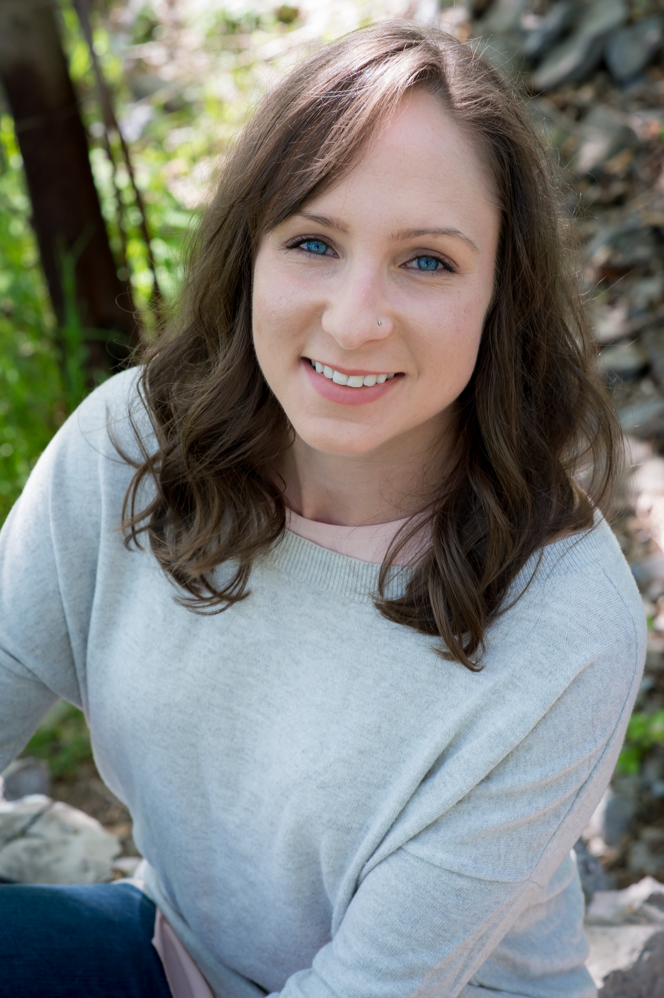What is PCOS?
Reader, meet PCOS. Ok, introduction complete.
Just kidding!! Ok let’s talk about PCOS. I’m always shocked at how many people haven’t heard of PCOS (polycystic ovarian syndrome), because to me, it’s something that is so commonplace I assume everyone is as aware of it as I am. How common do you ask? Currently it is estimated that about 1 in 10 women of childbearing age (at least!) are estimated to have PCOS. This could change in the future when we understand PCOS better. It is a hormonal as well as metabolic disorder, involving testosterone, estrogen, and insulin as well as other hormones. The levels of these hormones can be abnormal in the blood or just in the ovary, (which we can’t measure), or it could be an excess utilization of these hormones which may not be reflected on blood tests. Therefore, it can be pretty hard to test for. Just one of the many reasons PCOS can be difficult to diagnose.

The types of PCOS
Although it is called polycystic ovarian syndrome, one does not have to have polycystic ovaries to have PCOS. The range of presentation of symptoms is very wide, and thus it is hard to identify. The most common criteria required to diagnose PCOS is the Rotterdam Criteria, developed in 2003. Two of three of the following symptoms are required, which help differentiate between the many different patterns of PCOS. These three symptoms are; anovulation (no ovulation) or long or irregular cycles, high androgen hormones (like testosterone, DHEA-S), and polycystic ovaries on an ultrasound. Infrequent or absent ovulation can lead to infertility or a difficult time getting pregnant and long or irregular cycles. High testosterone or other androgens can lead to such symptoms as increased body hair growth, male pattern hair loss, and acne. Polycystic ovaries could also be seen as an increased follicle count on an ultrasound, rather than full blown cysts, or just an increased ovary volume. You may have heard of ovarian cysts that are one large and often painful cyst, but these are quite different from the cysts seen in PCOS and are associated with a different hormonal imbalance (although they can totally co-exist in the same woman). There is also a compounding factor in that the definitions of these symptoms vary between ethnicities and cultures, so it is hard to evaluate with certainty in the research the actual prevalence of these symptoms in women with or without PCOS.
The Types (as per Dr. Fiona McCulloch)
Type A: delayed ovulation, high androgens, polycystic ovaries
Type B: delayed ovulation, high androgens, no polycystic ovaries
Type C: regular ovulation, high androgens, polycystic ovaries
Type D: delayed ovulation, normal androgens, polycystic ovaries
As you can see, there is enormous variation in what a woman with PCOS can experience. On top of these described symptoms, there is variation in the presentation of issues with insulin. This could be a small dysfunction only detectable by comparing fasting glucose and fasting insulin in a calculation called HOMA-IR, or could be full on diabetes. It could also not be detectable at all, and if the whole picture still greatly suggests PCOS, then it could be assumed that there is insulin dysfunction, but it is currently confined to the ovary and therefore hard to detect with testing. It is also still a diagnosis of exclusion. Meaning that any other potential cause of the patterns seen has to be ruled out to diagnose PCOS. Someone can have only insulin resistance without PCOS. The treatments are often similar, but it should be determined if it’s only insulin resistance, only diabetes, or a PCOS pattern as well.

Treating the whole picture
Hormones are a most wonderful and fascinating tool that our bodies have. They intricately control one another and have checks and balances in place to keep levels at “homeostasis” (normal balance, essentially). However, when dysfunction occurs in one or a few hormones or hormone systems, eventually this dysfunction affects other hormonal and body systems. This could be because the hormones keeping the dysfunctional hormone in check can’t do so any longer, or the hormones downstream that the dysfunctional hormone influences are allowed to run amok or stop being produced. This means that to successfully and fairly quickly treat (naturopathic quick is still months though) a woman with PCOS, all of these hormone systems experiencing dysfunction should be addressed. These additional systems could include thyroid, cardiovascular, or adrenal. Something I always like to keep in mind is that the longer a dysfunction or illness took to develop, the longer it is going to take to treat. And PCOS is definitely not developing overnight (sorry ladies). So as much as it would be nice to take a magic pill and have everything snap back to normal, to have long lasting and sustainable change, this is not particularly realistic. And although the thought PCOS can seem daunting, getting it identified is the first step.
It is important to keep in mind that although we know more about PCOS than we ever have before, there is so much more we still need to discover. Hopefully one day the patterns we are figuring out now will be a clear picture in the future, or maybe even the underlying cause will be found, and our treatment can be much more focused.
If you would like to know more about how I treat PCOS, click here!
References
www.womanshealth.gov
8 Steps to Reverse your PCOS by Dr. Fiona McCulloch
Three types of polycystic ovarian syndrome in relation to androgenic function by Takai I, Takakura K, More T. (1991)
The prevalence and phenotypic features of polycystic ovary syndrome: a systematic review and meta-analysis. Bozdag G et al (2016)




